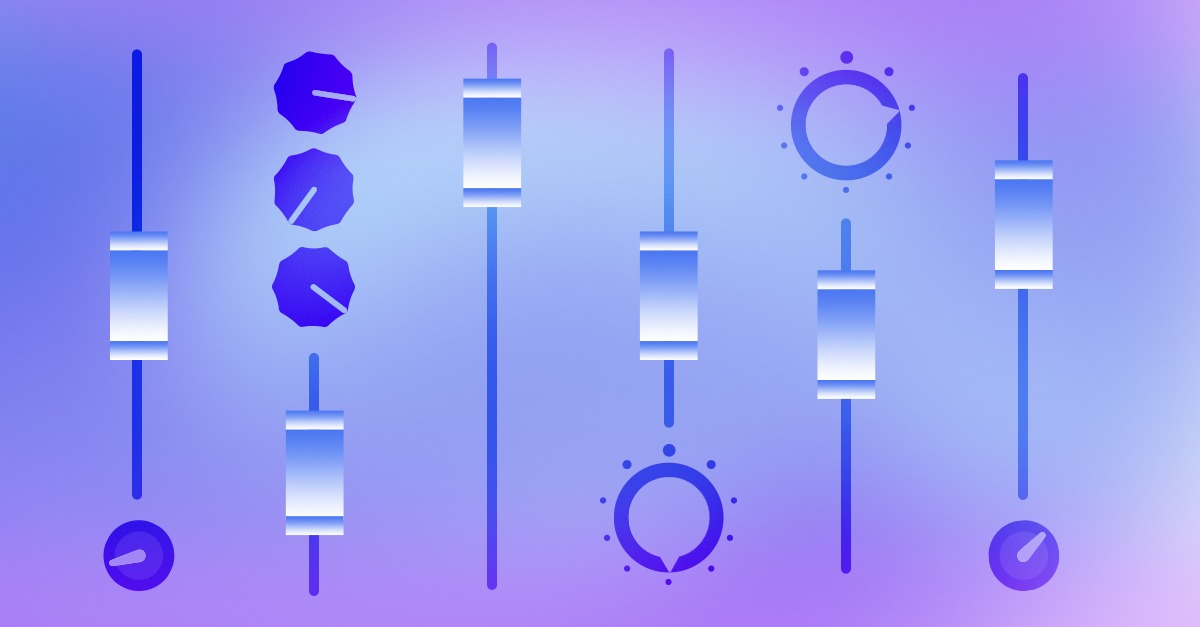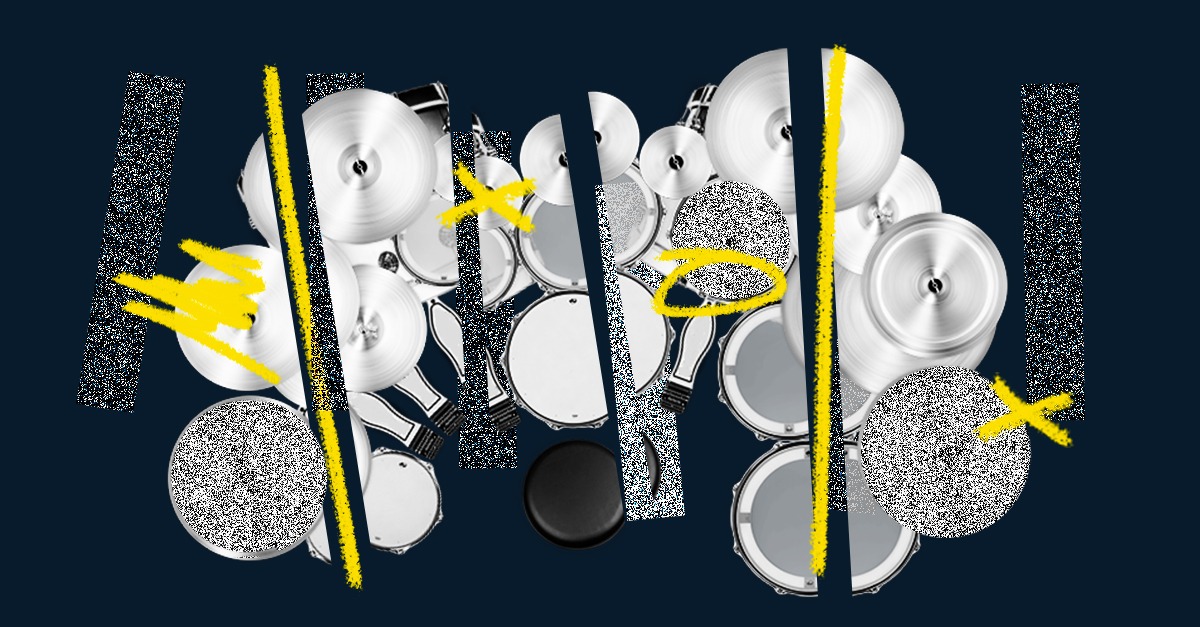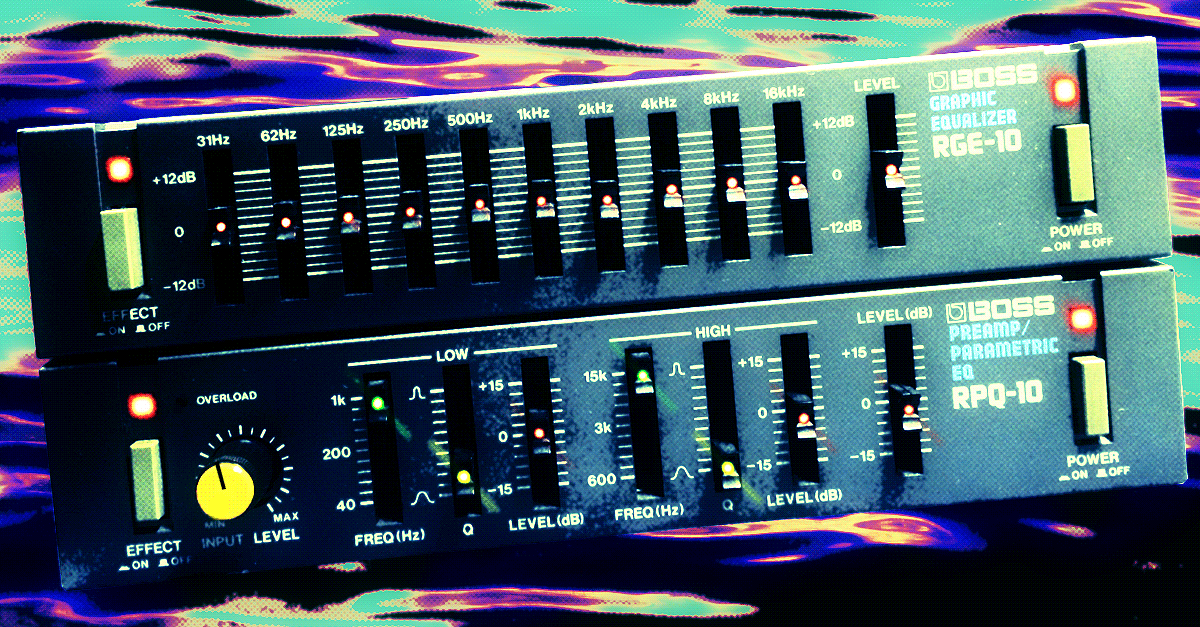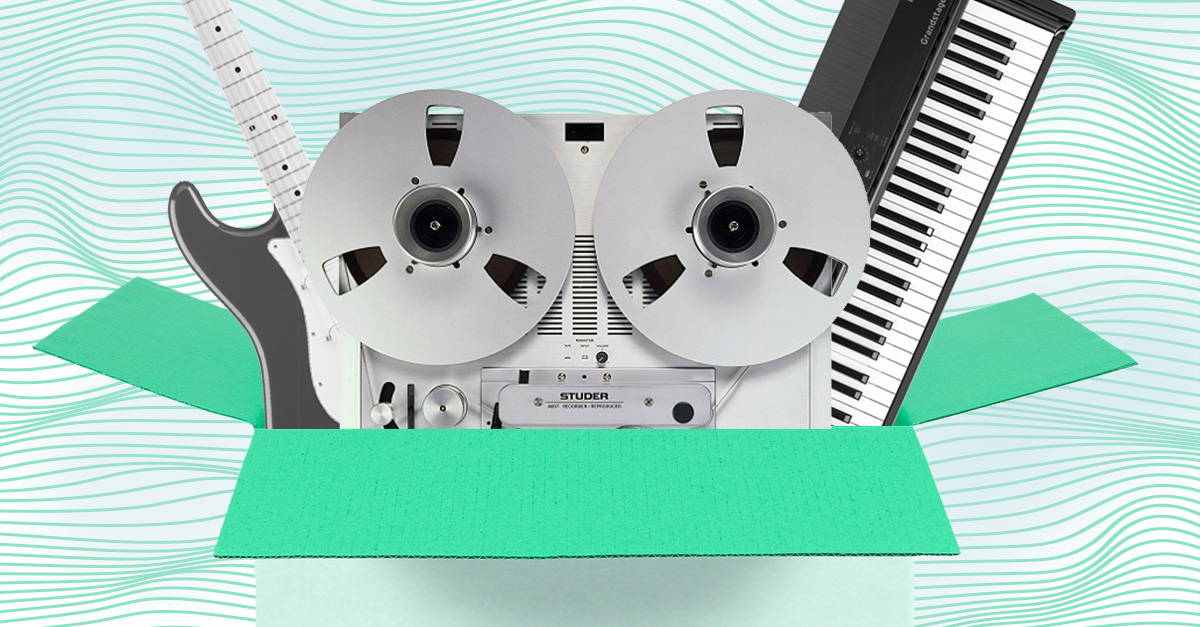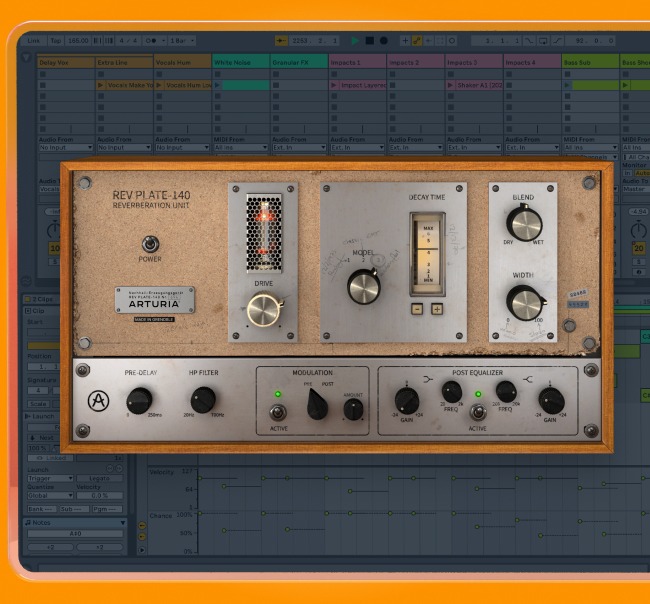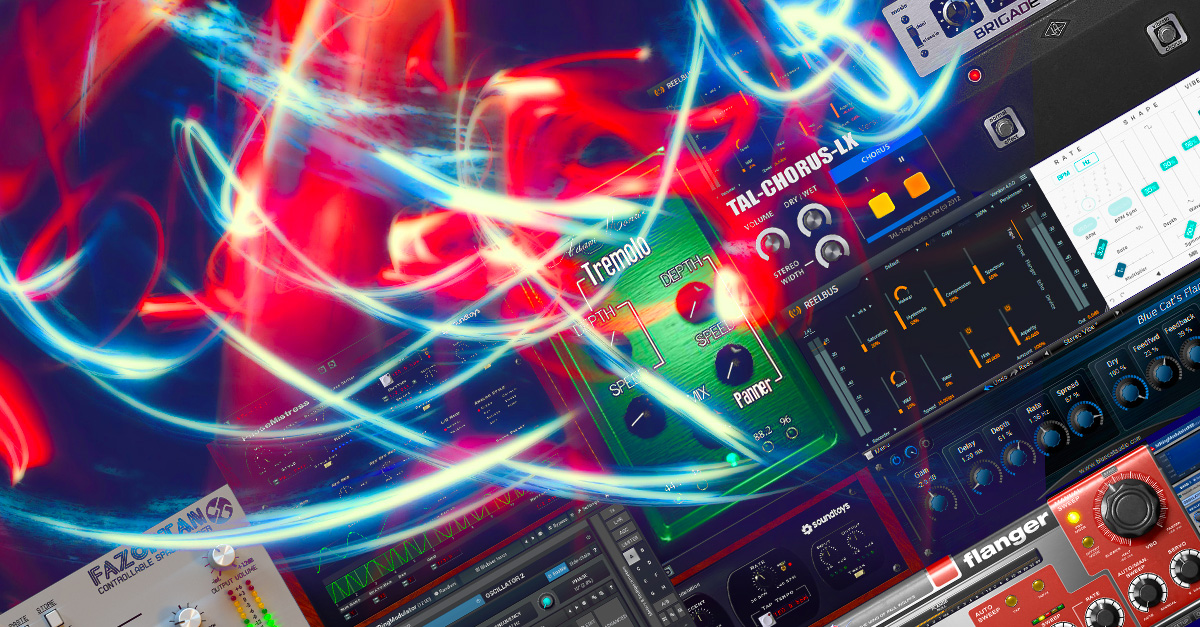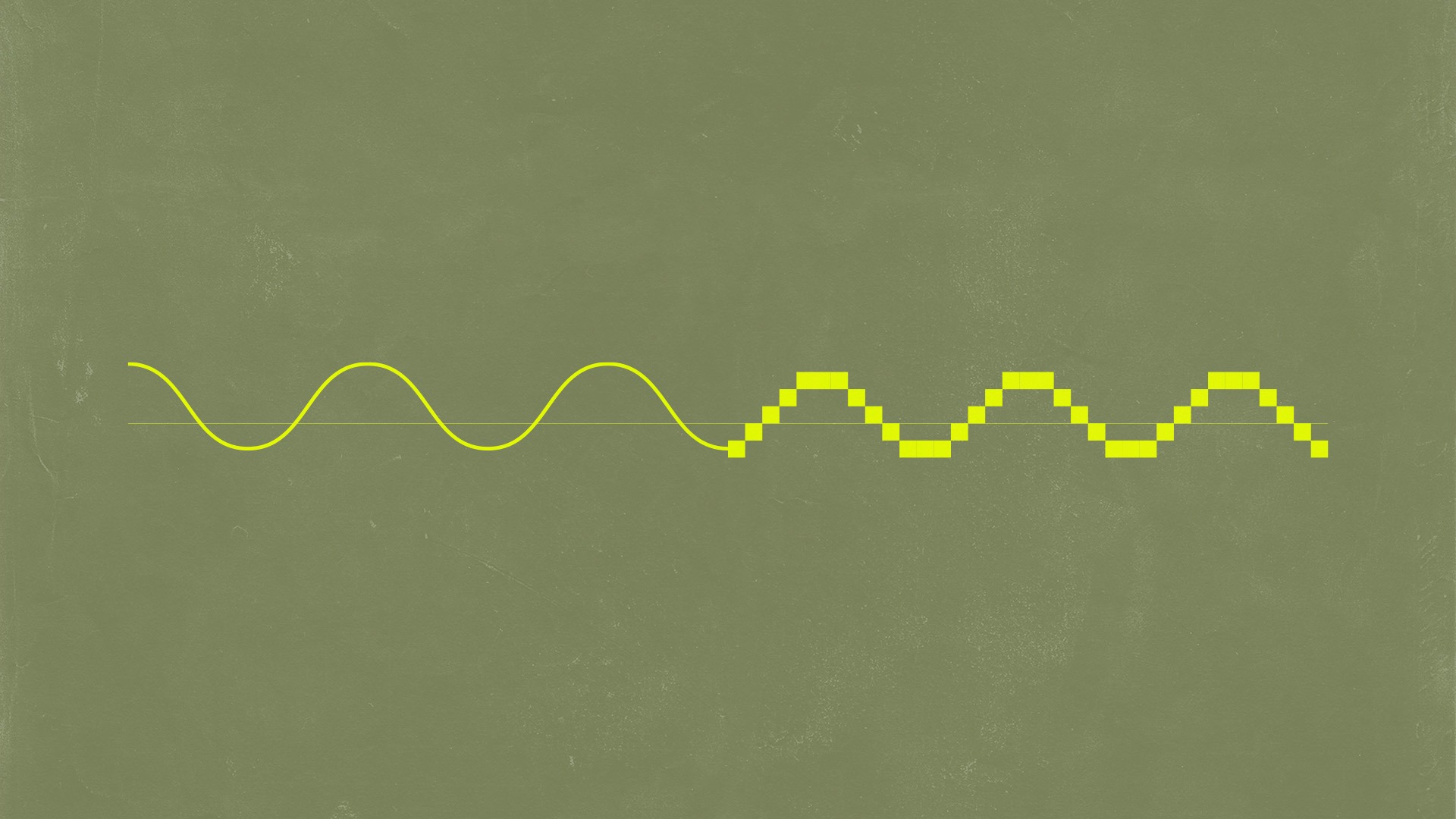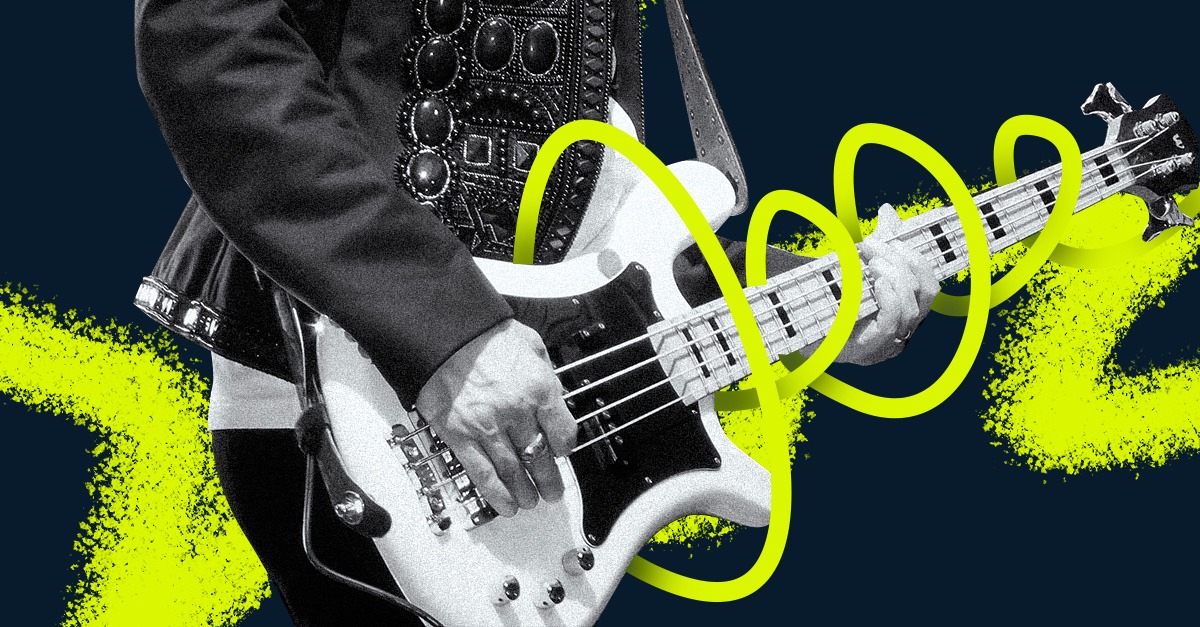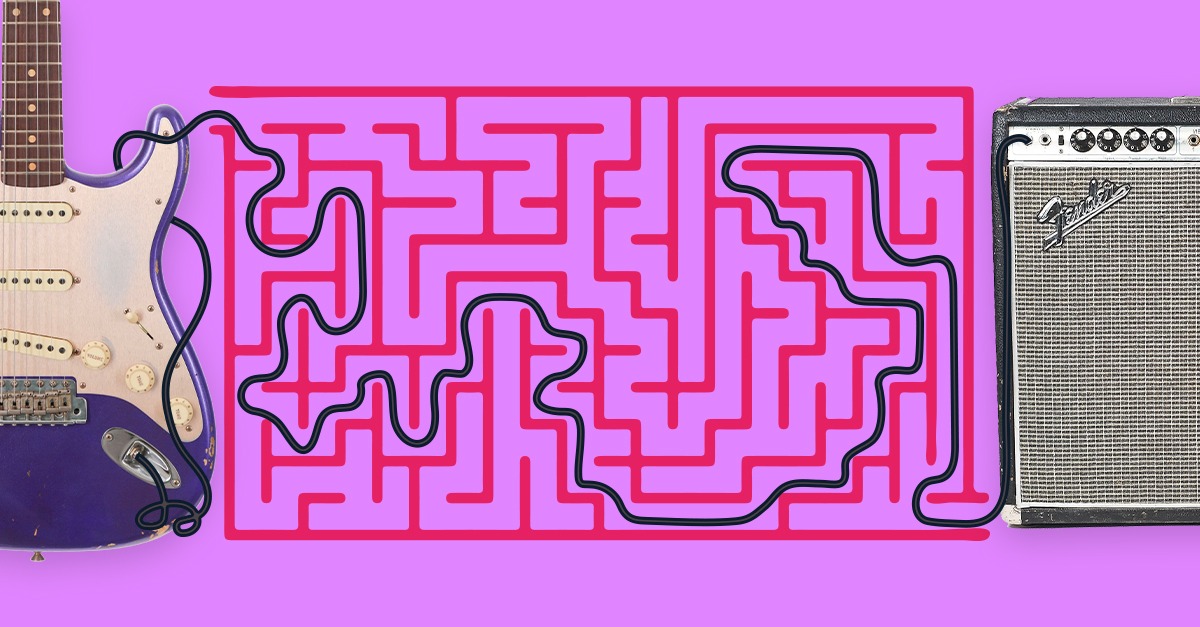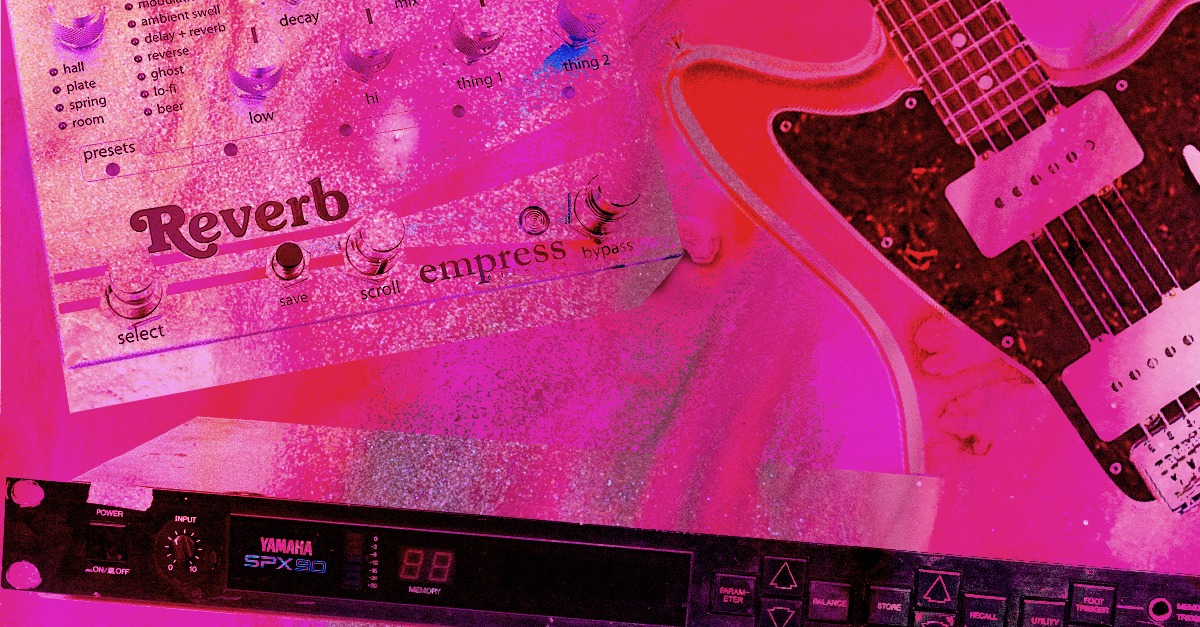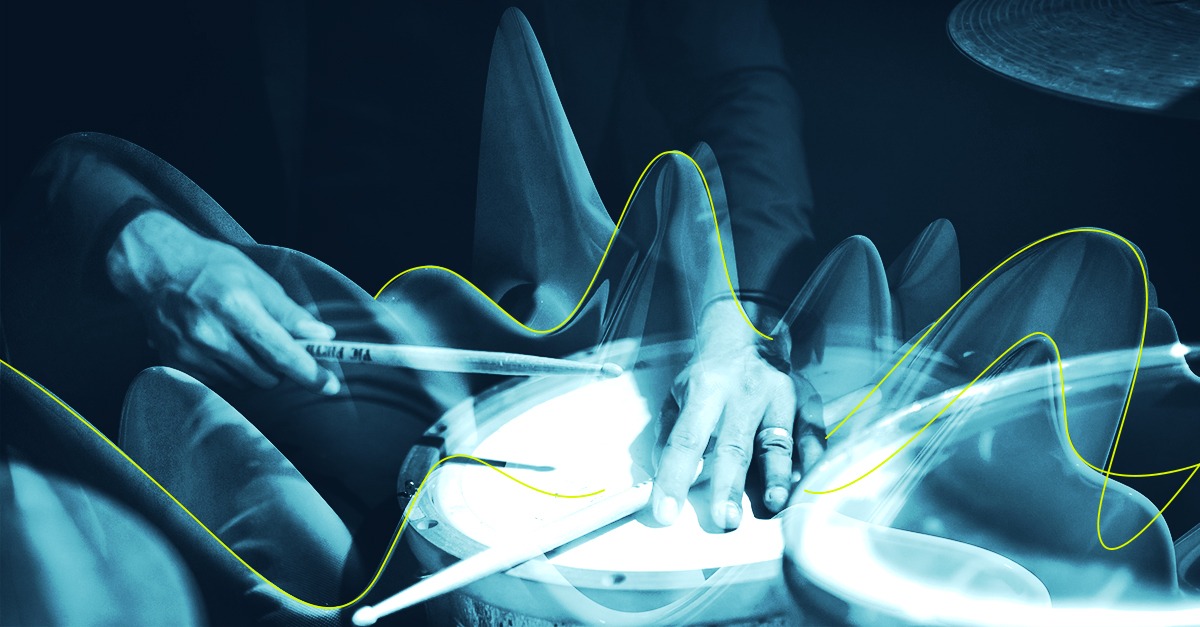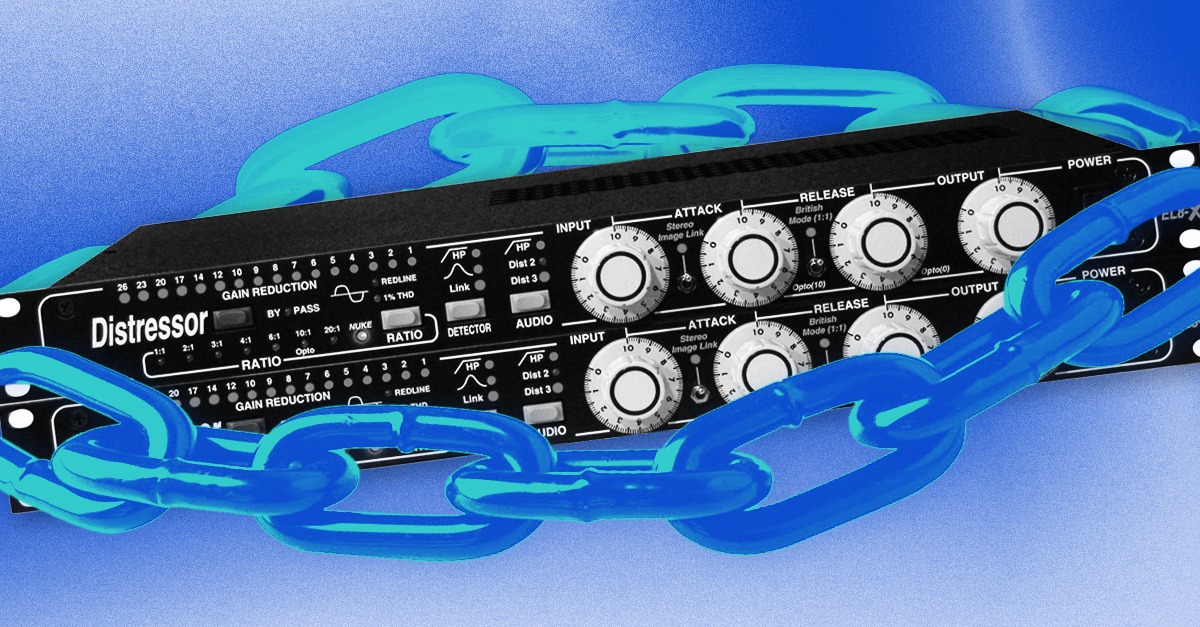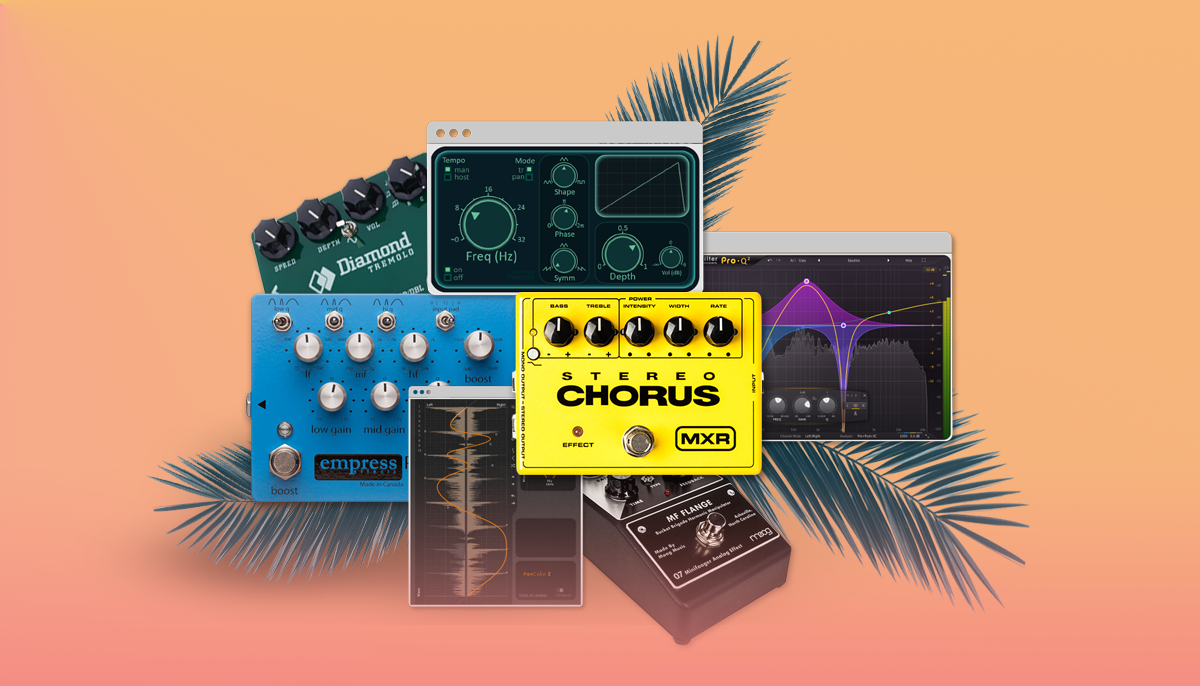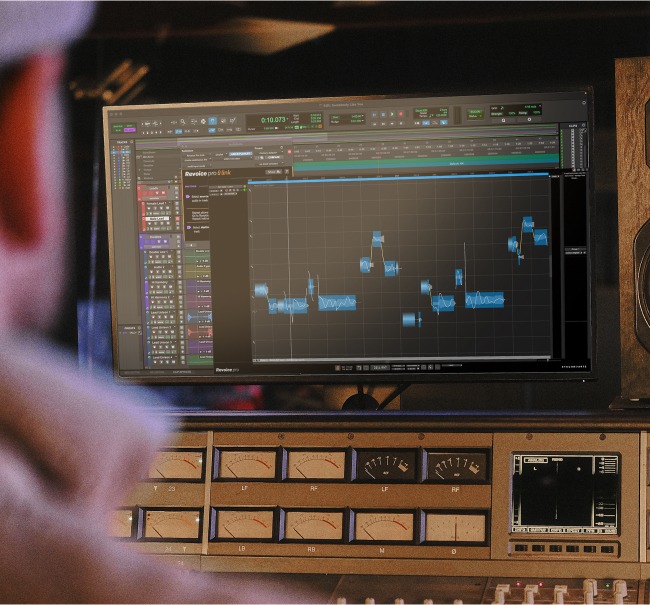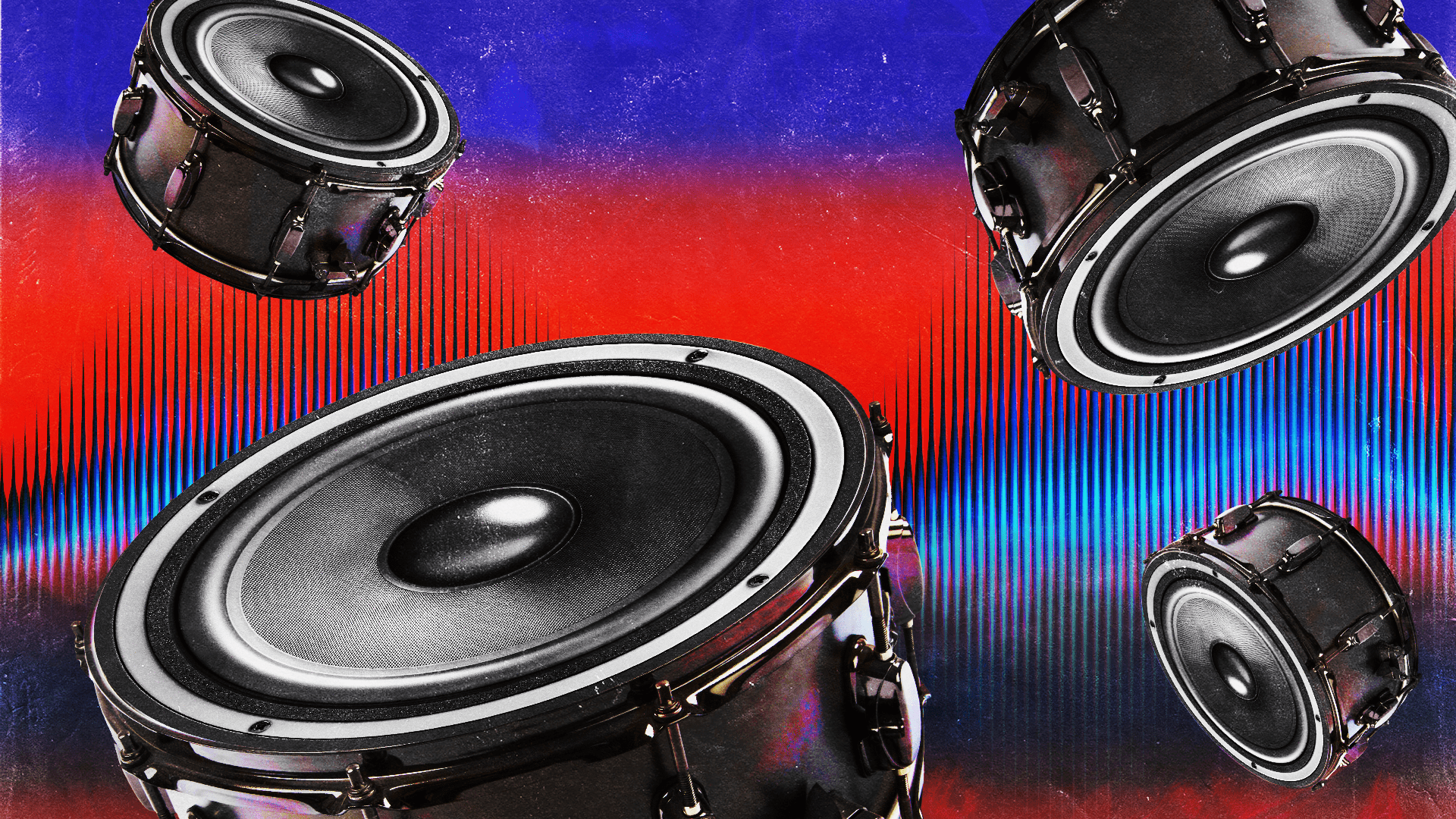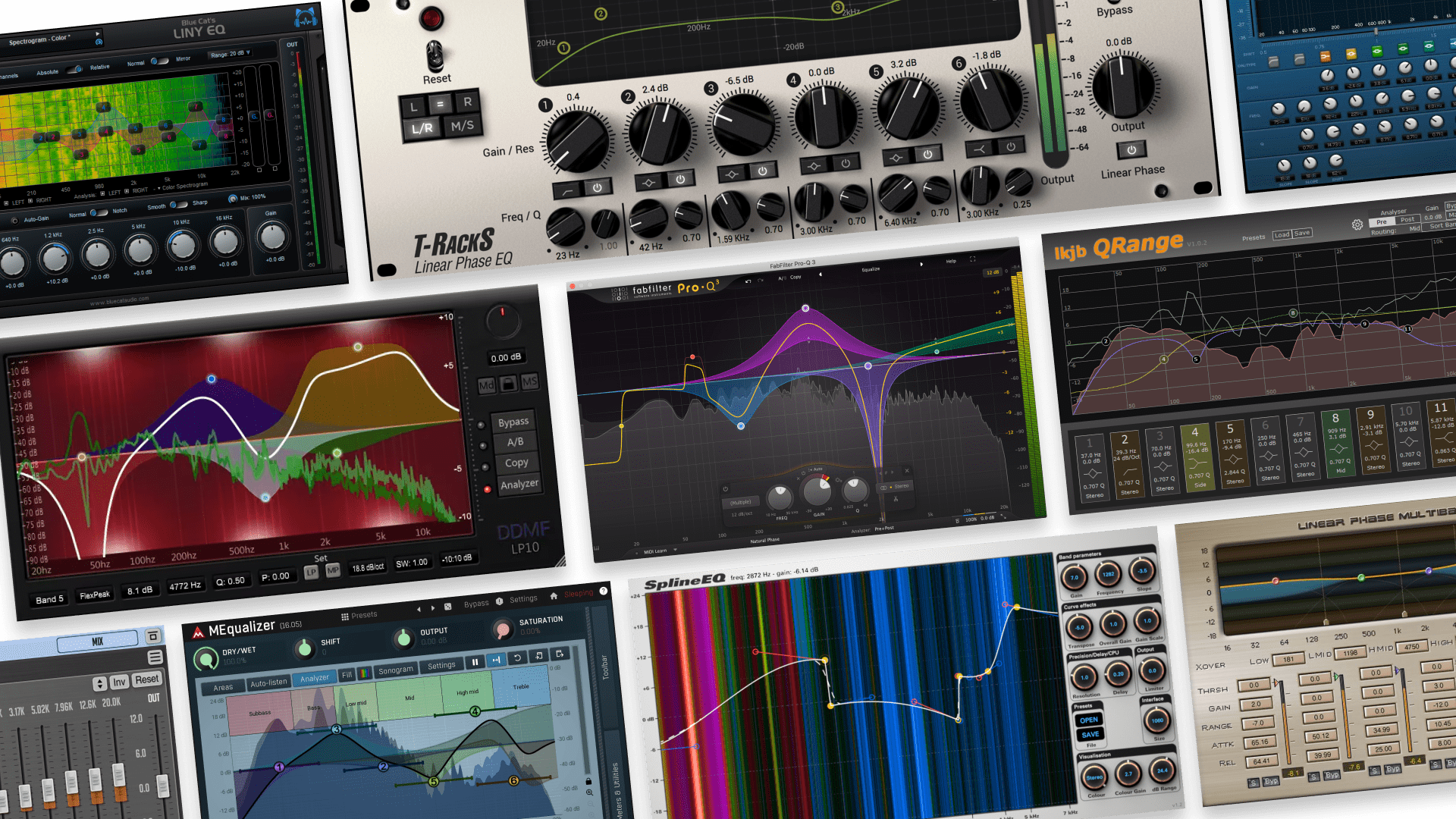
Vocal Effects: 6 Plugin Types Every Producer Should Know

Vocal effects are an essential element of producing studio vocals.
And while it can be exciting to experiment, vocal production is intimidating for many emerging producers.
After all, vocals are the star of the show. If the vocals don’t pop, the plays stop—in other words, you’ve gotta make ‘em count!
But how do you bring the vocals to life how you envision? The task is not without challenges but gaining a foothold on the basics will take you a long way. Understanding the vocal effects at your disposal is the first step of that journey.
Welcome to the LANDR vocal effects rundown. We’ll dive into an overview of how to shape, shift and clarify your vocals with vocal effects.
Let’s go!
What are vocal effects?
Let’s start with the basics—just what the heck are vocal effects anyway? Anything that enhances, shapes, or manipulates the vocal signal in an audio production would fall under the vocal effect banner.
Vocal effects are used in music production to ensure the vocal sounds pleasing with plenty of interest and polish while integrating well with the rest of the mix.
In the past, vocal effects were bulky hardware units that cost a fortune. Those still exist, but today’s producers mostly interact with vocal effects plugins in their DAW.
These may be stock tools that come built-in to your recording software, or plugins from third-party developers that you purchase separately.
Some effects help you adjust the frequency balance and dynamics of your vocal tracks. Others add ambience, unique special effects or transform your voice completely.
How to use vocal effects
There are as many ways to use vocal effects as there are producers. In the end, vocal production is a creative task, so it’s best to let your musical intuition lead the way.
But if you’re looking for the basic workflow, I’ll break it down. Vocal effects can be applied in two ways to your vocal tracks.
The first is to add the effect practically by manipulating the audio signal before it is fed to a recording device (with a pedal, rack effect, or other hardware device).
This method is used more often in live performance since recording with effects on means that the dry vocal signal cannot be processed on its own later.
The most common way to use vocal effects is to add them after recording using a plugin. This could mean using insert slots to add effects one after the other, or using aux sends and returns to blend the effected sound in with the dry.
Once your plugins are set up, how you use your vocal processors is up to you! Here are a few ideas to get you thinking about vocal effects:
- Add brightness and shine with EQ
- Create ambience with delay and reverb
- Use aggressive filtering for a telephone effect
- Create an overdriven, lo-fi sound with saturation
Vocal effect types
When it comes to vocal effects, there are distinct categories that play different roles in a production workflow.
As I mentioned before, vocals will usually need the same treatment as many other tracks in your session in terms of EQ and compression.
While these are technically still effects, they’re more like general mixing tools, so I won’t cover them in depth here.
If you need a basic overview of how these processes work in mixing, browse our beginner’s guides to get stared.
Intro to mixing

Instead, I’ll focus on the creative side of vocal effects, which is where the magic happens.
After all, knowing what’s out there is only half the battle. You also have to know how to properly use the effects within your production.
Reverb
Reverb is the crown jewel of vocal effects.
Not all music producers agree on everything, but you’d have a tough time finding any who disagree with the importance of reverb in vocal mixing.
Sometimes the effect is pronounced (think Tame Impala, Pink Floyd, Phil Collins, Grimes, etc.) sometimes it’s subtle (pretty much every recorded song you’ve ever heard).
In its most basic form, reverb is simple. It’s a representation of the audio signal if it were bouncing off of the walls of a room or chamber. To take it a step further, reverb is often broken down into ‘dry’ or ‘wet’.
Simply put, the ‘wet’ signal is the processed part of the sound, while the dry signal is the original part. Adjust the wet and dry of your reverb sound as needed to achieve the sound you’re after.
Vocal reverb plugins to check out: LANDR FX Voice, BABY Audio Crystalline, Arturia REV Plate-140, Valhalla VintageVerb
Delay
When delay enters into the mix, things are about to get spacey. Delay takes an audio signal and repeats it one or more times. The result, to our ears, is a signal that is stretched, slowed, and echoed.
Delay is a creative palette unto itself and entire genres have been shaped by its use. For a great example, check out anything in the dub world. King Tubby, Lee “Scratch” Perry, Scientist, and more are masters of using delay as an instrument, shaping the entire nature of a song with just one effect.
So how are delay and reverb different? Truthfully, they’re quite similar. Reverb and delay are both time-based effects, but reverb replicates the way sound waves bounce off surfaces. Delay duplicates a signal and plays it back with a specific time gap, to get an echo effect.
Use the delay to create depth to your sound with slap, filters, and tempo stretching. Creative uses included isolating the delay to a single lyric that deserves emphasis. You can get spaced out and psychedelic or keep it subtle with some light echo with delay on your vocals.
Delay plugins to check out: LANDR FX Voice, Eventide Ultratap, Arturia Delay Tape-201, Cherry Audio Stardust 201
Modulation
Modulation is the unsung hero of vocal production effects. It doesn’t have the sort of immediate name recognition that its compatriots delay and reverb command but even if you don’t know what it is, you’d better believe you’ve heard it on your favorite records.
Modulation comes under three main categories—chorus, flange, and phase. Similar to delay and reverb, there are both practical and creative decisions to be made when incorporating modulation into your mix.
In the end, modulation needs to be in service to your song. It’s easy to get carried away! We’re getting ahead of ourselves though. Let’s dive into the three main types of modulation.
Chorus adds a shimmering effect to your audio signal. The basic process is that the input signal is doubled, delayed, and sent through a low-frequency oscillator to modify the pitch of the signal. The result is a doubled, slightly de-tuned effect (see the intro to Nirvana’s “Come As You Are” for a great example of a chorus effect in action).
Flanger operates similarly to chorus but with shorter delay times. Whereas chorus begins with a delay time of about 20-50 milliseconds, flanging employs an initial delay time of .5-15 milliseconds.
The result is two signals so close together, they cancel each other out in spots where they’re most similar, creating an effect called comb filtering.
Flange is a particularly difficult effect to describe but it generally lends a shimmery, sort of hollowed-out quality to an audio signal. When it’s pushed to extremes it’s often described as the sound of a jet taking off. Why would you want that sound in your music? Because you’re a creative genius, of course!
Flanger is often associated with the music of the 80s, so it’s best to jump to that wild musical decade to experience it. See the guitar sound on The Police’s “Walking On The Moon” for a great example.
Phaser is a modulation effect that uses a unique filter type to change the phase of a signal according to the action of an LFO. When blended back with the original signal, the result is a ‘sweep’ effect that progresses through peaks and valleys in frequency content.
Again, you may ask yourself why anyone would possibly want that. Well, creativity knows no bounds and effects are just paint on your palette, do with them as you will! For a great example of the type of sound that can be achieved with phase, check out the guitar sound on Tame Impala’s “Endors Toi”.
Modulation plugins to check out: LANDR FX Voice, Arturia Chorus-Dimension D, Eventide Tricerachorus, AudioThing Phase Motion 2, Waves MetaFlanger
Dive deep on effects
All our effects guides in one place.
Vocal SFX
Beyond the basic categories of mixing tools and ambience effects lies the world of vocal SFX.
I’m talking about nontraditional processing techniques like vocal chops, hard tuning, formant shifting and more.
When it comes to SFX, there’s really no limits to your creativity. Whether you want to add subtle interest or completely transform a vocal track, SFX covers everything left out by the previous categories.
Here are just a few fun plugins and effects you can try to get your creativity flowing.
Vocal SFX plugins to check out: LANDR FX Voice, Antares Harmony Engine, Synchro Arts RePitch, SoundToys LittleAlterboy
Don’t forget: vocal production is fun!
Ok, all of this detailed production talk and we’ve left out the most important part of this whole process—using vocal effects is FUN.
The daunting part is that vocals will stand out in your mix. They’ll likely be the focal point for the average listener. All the more reason to give them the attention they deserve to make sure the result sounds exactly what you want.
Understanding how to use vocal effects is the key to success. The first step is knowing what’s out there. The second is knowing which are important to your process. The third (and most important) is mastering their use.
Don’t forget to check out LANDR FX Voice for a great all-in-one mixing and creative vocal effects plugin.
Now get to it, you vocal production mastermind!
Gear guides, tips, tutorials, inspiration and more—delivered weekly.
Keep up with the LANDR Blog.





